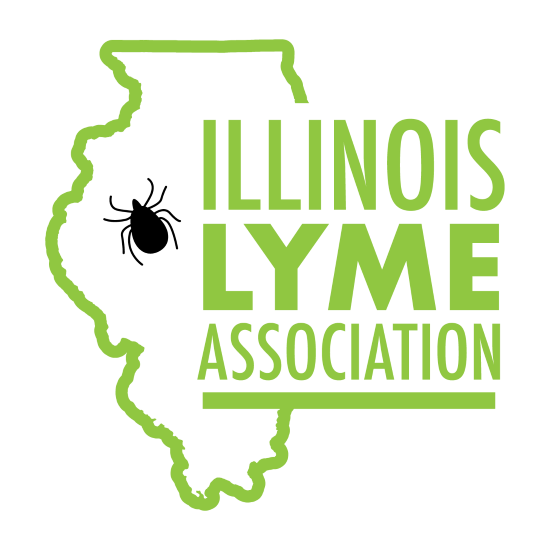Prairie Research Institute: Disease-carrying coastal tick established in Illinois
Photo credit: Emily Struckhoff, INHS Medical Entomology Lab
MAR 12, 2020 8:00 AM BY TIFFANY JOLLEYNATURAL HISTORY SURVEY
Amblyomma maculatum (Gulf coast tick), female (left) and male (right)
Photo credit: Emily Struckhoff, INHS Medical Entomology Lab
The Gulf Coast tick is usually found in the Southeast along the Gulf and Atlantic coasts, but researchers at the Illinois Natural History Survey (INHS) and Southern Illinois University (SIU) have new evidence of the Gulf Coast tick becoming established in Illinois. They also have found that it often harbors a pathogen that can make people sick.
Director of the INHS medical entomology program Chris Stone and vector ecologist Holly Tuten say that the Gulf Coast tick likely originally made its way to Illinois thanks to migratory birds that picked up the ticks during their travels south during the winter months.
With Illinois’ average winter temperatures rising, the state could become hospitable to the Gulf Coast tick. The Gulf Coast tick has been documented in 14 counties across Illinois, and INHS collaborators at SIU have now determined that it is established in Jackson and Saline counties, according to the Centers for Disease Control criteria.
The INHS Medical Entomology Lab tested the SIU-collected ticks for Rickettsia parkeri a human pathogen that causes Tidewater spotted fever. This illness causes fever, muscle aches, headaches, and a rash. Tidewater spotted fever is similar to but not as severe as Rocky Mountain spotted fever, which is caused by a different pathogen and transmitted by a different tick species (American dog tick or “wood tick”). Both of these tick-transmitted diseases can be treated with an antibiotic.
The Medical Entomology Lab conducts the active tick and tick-borne pathogen surveillance program for the state of Illinois.
Map of Illinois where Gulf Coast Ticks have been found and established.
“In our testing to date, we’ve found that 57 percent of Gulf Coast ticks were infected with the agent of Tidewater spotted fever, whereas less than 1 percent of the more common American dog ticks were infected with the agent of Rocky Mountain spotted fever,” Stone said. This means that some human cases diagnosed as RMSF in Illinois might actually be Tidewater spotted fever.
The two tick species also look very similar and could be confused by people encountering them outdoors. A key difference between the American dog tick and the Gulf Coast tick is that they can inhabit totally different environments. Typically American dog ticks are found in forested areas or grassy forest and trail edges, but Gulf Coast ticks can be found along interstate roadsides and in dry prairie grasses, during the hottest and driest months of the year.
Tuten and Stone are continuing their research to determine the prevalence of the Gulf Coast tick and its disease agent in Illinois, but in the meantime, they are working with the Illinois Department of Public Health warning Illinoisians to be vigilant about ticks even in dry, grassy areas.
Found a tick? You can submit it to the INHS medical entomology program. Learn more about loose tick submissions here.
Source: U of IL - Blog Post

